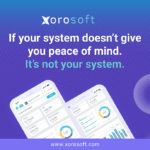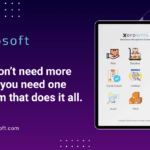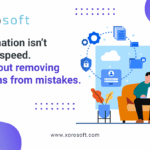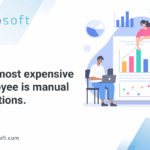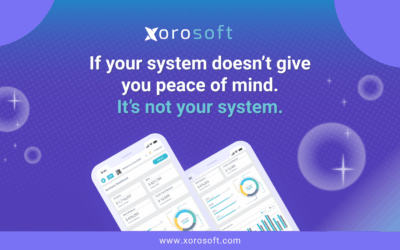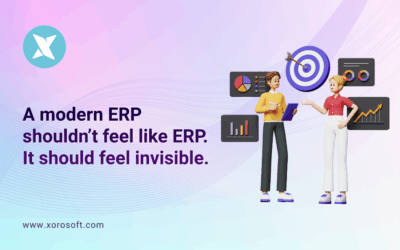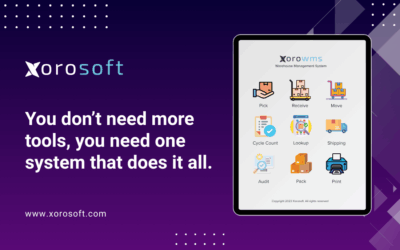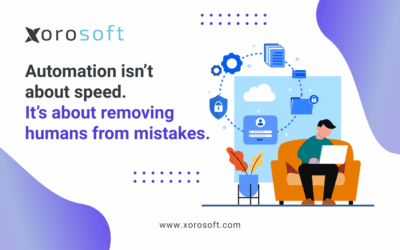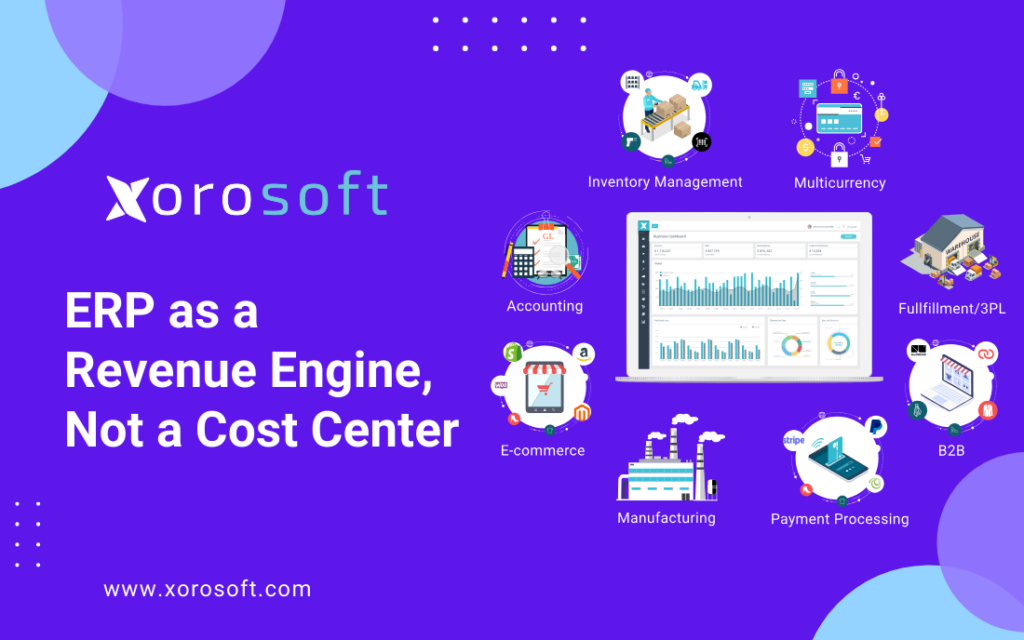
Why ERP Still Gets a Bad Reputation
ERP revenue engine conversations usually start with skepticism. For years, boardrooms have attached a heavy stigma to ERP systems. Many CFOs and CEOs describe them as necessary evils—huge software bills, complex deployments, and clunky user experiences. Too often, leaders treat them as little more than overhead, something you “have to pay for” rather than something that actually drives business growth.
This perception didn’t happen by accident. Legacy ERP vendors trained leaders to see ERP as compliance software—good for keeping the books straight but rarely linked to revenue. As a result, leaders reduced ERP to a budget line item instead of treating it as a strategic driver.
However, that reputation no longer matches reality. When ERP is modern, cloud-native, and integrated, it does far more than just keep operations running. In fact, it becomes the engine that fuels revenue across every department.
The High Cost of Seeing ERP as Overhead
When companies treat ERP like overhead, they usually underinvest in it. The result is a patchwork of outdated tools, duct-taped workflows, and frustrated teams.
For example, sales may close deals quickly, but fulfillment falls behind because operations can’t keep up. Inventory looks fine in spreadsheets until a stockout forces costly rush orders. Finance, meanwhile, spends days reconciling numbers by hand, which means leadership makes decisions on old data.
As a result, margins shrink, growth slows, and ERP once again feels like a cost center instead of a growth lever.
Even worse, the emotional impact on teams is significant. Warehouse staff feel like they’re putting out fires every day. Finance feels like it’s flying blind. Customers pick up on the inefficiencies too, and that erodes trust.
Therefore, businesses that continue treating ERP as overhead eventually see both financial and cultural costs pile up.
Why Disconnected Systems Keep Businesses Stuck
The real reason behind this ongoing problem isn’t just mindset. It’s the outdated systems many businesses still rely on.
Spreadsheets run forecasting. QuickBooks manages accounting. A shipping app handles fulfillment. An inventory tracker might get bolted on somewhere in between. Yet these tools rarely speak to one another.
Because of that, data is always lagging. Leaders make decisions based on yesterday’s numbers, not today’s reality. In addition, legacy ERP systems don’t help much either. They weren’t built for modern needs like multi-channel e-commerce, multi-currency operations, or cloud-based speed.
The outcome is predictable. Teams stay reactive instead of proactive. Leaders manage problems instead of preventing them. And ERP, once again, feels like a blocker rather than an enabler.
How a Modern ERP Revenue Engine Changes the Equation
The story shifts when businesses embrace a unified, cloud-native ERP. Instead of just recording transactions, modern ERP becomes a living system that fuels growth.
Because the data is in real time, every decision gets sharper. And because automation replaces manual work, teams finally get time to focus on scaling, not spreadsheets.
For instance:
-
Faster Order Fulfillment → Customers receive products on time, and reorders increase.
-
Smarter Procurement → Businesses avoid tying up cash in excess stock.
-
Real-Time Visibility → Leaders spot margin leaks instantly and act before losses grow.
-
Automation Across Teams → Manual tasks disappear, freeing staff to focus on higher-value work.
As a result, ERP is no longer just about controlling costs. It’s about unlocking revenue potential that was previously trapped by inefficiencies.
How Xorosoft ERP Powers Revenue Growth
This is where Xorosoft ERP comes into the picture. Unlike legacy systems, it isn’t just a back-office tool—it’s a growth accelerator designed for today’s fast-scaling businesses.
-
Cloud-Native and Fast: Real-time data across every team, without delays.
-
Warehouse Management Built In: A full WMS is included, not bolted on later.
-
Seamless Integrations: Shopify, Amazon, EDI, 3PLs, and hundreds of APIs keep all channels synced.
-
Multi-Channel, Multi-Currency Ready: Built to scale across geographies without duct-taped tools.
-
Proven Ease of Use: Ranked #1 in Ease of Use on G2.
-
Shopify Native: Live on the Shopify App Store, built directly for modern commerce.
By bringing these features together, Xorosoft transforms ERP into a true revenue engine. Companies that adopt it see faster cash conversion, reduced carrying costs, higher order accuracy, and greater customer loyalty.
You can explore the full platform on the Xorosoft website.
Why Leaders Must Reframe ERP as a Revenue Engine
The biggest change doesn’t come from the software alone—it comes from how leaders think about ERP. When it’s viewed as overhead, the budget shrinks, adoption lags, and frustration grows. But when it’s reframed as a revenue engine, the questions in the boardroom change.
Executives begin asking:
-
How much cash flow can smarter inventory management unlock?
-
How many more customers will we retain if fulfillment becomes flawless?
-
How quickly can we expand into new markets if all data lives in one system?
These are not IT questions. They are revenue strategy questions. And ERP—when done right—sits at the heart of the answers.
Time to Put ERP in the Growth Column
ERP no longer belongs in the overhead column of your P&L. It belongs in your growth strategy.
With Xorosoft ERP, businesses finally get a platform designed for speed, scale, and simplicity. It’s proof that when technology aligns with modern commerce, it becomes more than infrastructure—it becomes the engine that pushes revenue forward.
Growth doesn’t have to feel chaotic. It can feel aligned.
👉 Ready to reframe ERP as a revenue engine? Book a demo with Xorosoft today.
